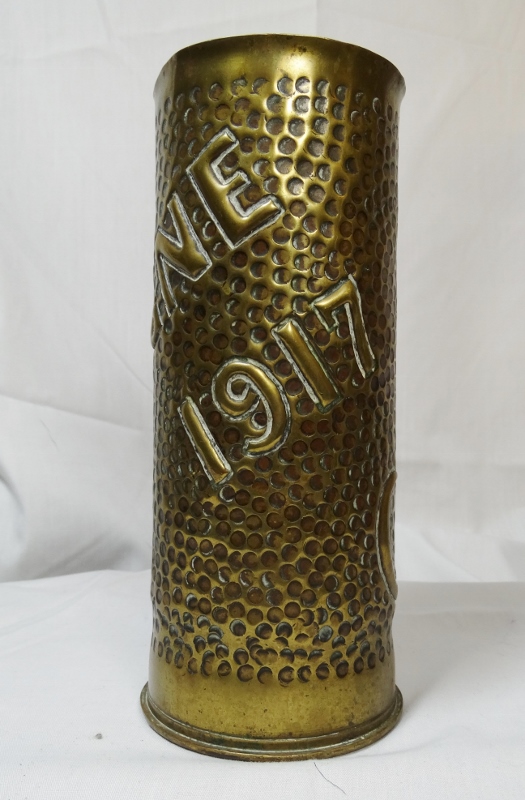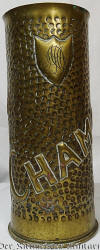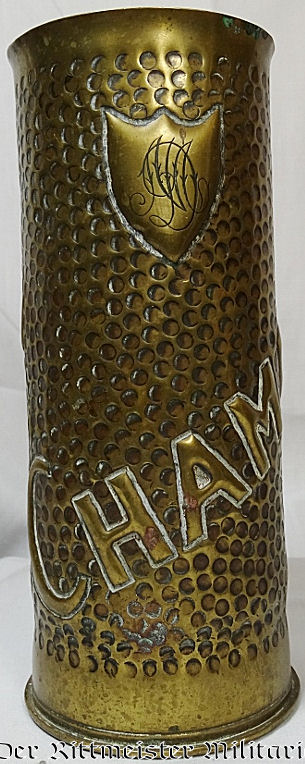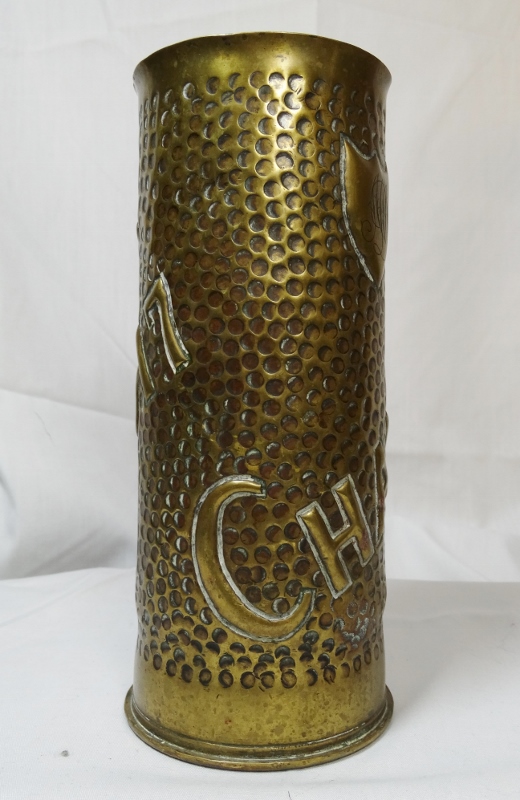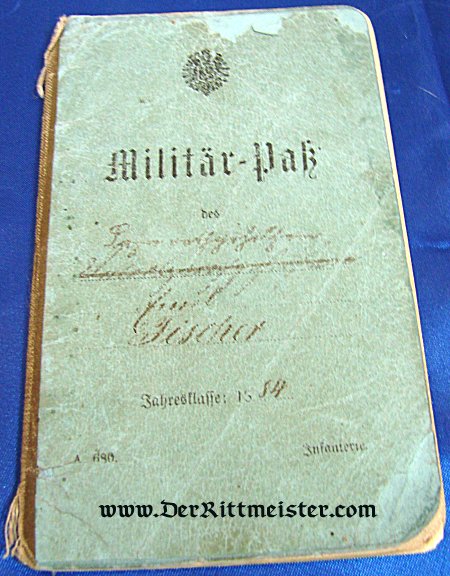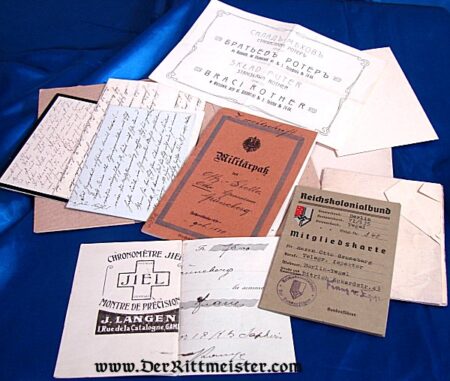Description
This is a German 75mm artillery piece shell casing that has been converted to a trench art vase. The German “7.7 cm Feldkanone 96 neuer Art.” (New Kind of 7.7 cm Field Cannon 96). Trench art was created by soldiers from all WW I’s armies, when they had extra time on their hands in the trenches between battles. They took bits and pieces of gear and fashioned them into artistic objects. Some common examples were belt buckles converted into match safes, as well as jewelry and letter openers fashioned from shrapnel shards. These often-bored soldiers showed amazing creativity. A great deal of trench art also was created in hospitals as therapy for soldiers recovering from mild to severe wounds.
The 77mm Field Cannon was the German mobile artillery’s mainstay during the entire war. The field piece was hitched to a caisson and rapidly drawn by horses to new locations. Each gun’s crew consisted of five men. The cannon was capable of firing ten rounds each minute. Its shell casing is made of brass. It stands 8″ tall and measures 3″ in diameter at the base. Its bottom sports numerous munitions works’ marks. “Champagne” is engraved on the casing and extends around most of the front, sides, and back. This represents the THIRD Battle of Champagne, which took place from 17-20 April 1917. The IV. Armee, consisting of the VIII. , XVII., and XII. Armeekorps, was the primary German force facing the French. A shield displaying the initials of the soldier who produced the piece also appears on the shell casing. The entire background is stippled in a size that is much larger than what we normally see. It is an outstanding example of a trench art vase.
